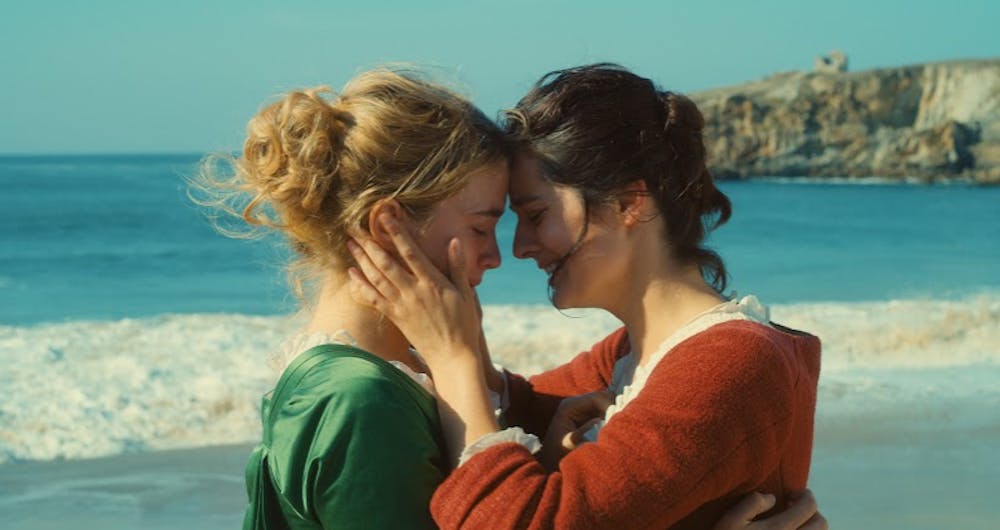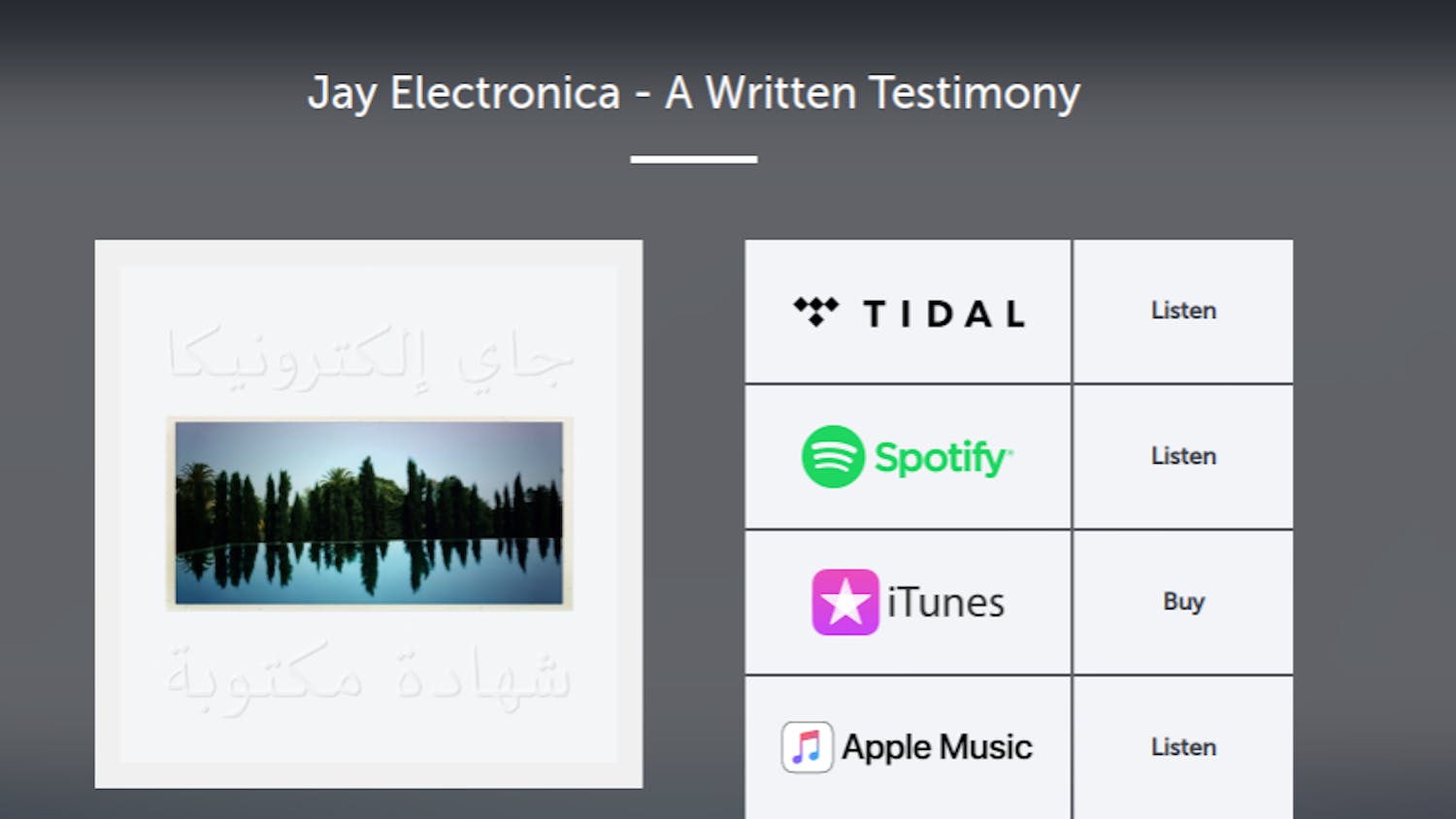“Portrait of a Lady on Fire” gets its name from a painting.
Noémie Merlant plays Marianne, an art instructor in 18th century France, who keeps the painting in the studio where she teaches students how to paint. When a young student asks about its significance, the film flashes back years prior to a time when she found the inspiration to make the painting and fell in love. And for two hours, the audience does as well.
Céline Sciamma, director of “Girlhood,” takes the viewer on a journey of self-discovery and fate. The idea of the gaze has never seemed more attractive in a film.
In Greta Gerwig’s “Lady Bird,” the head nun and Lady Bird discuss love, with the nun concluding that there is no difference between attention and love. “Portrait of a Lady on Fire” grapples with the same idea.
Against the minimalist backdrop of a Britannic island at the end of the 18th century, Marianne is hired to go to a remote manor and paint a portrait of Héloïse, the rebellious daughter of an aristocratic family who does not want to get married, played by Adèle Haenel. Part of the courting process in this time is sending a portrait to the intended fiance to see if he likes her, like a receipt of intentions.
Héloïse is a nightmare for every painter who has attempted to portrait her because she knows as soon as the portrait is finished, she must get married. Héloïse’s mother tells Marianne to spend time with Héloïse during the day and paint her at night — this is where the observation begins.
This love affair is told almost entirely through sensual gestures and wistful glances. In addition to the romantic aspect of the film, “Portrait of a Lady on Fire” is a careful meditation on the relationship between subject and painter and the power of the gaze — how it can liberate, oppress and allow people to transcend space and time.
Héloïse’s unstable sense of self is dictated by how she is viewed by aristocratic society. The battle between Héloïse and the people who attempt to paint her encapsulates her resistance to being rendered as an object.
Like the Diego Velázquez painting “Las Meninas,” the film blurs the line between subject and object. The gaze between Marianne and Héloïse is neutral and shared.
“Portrait of a Lady on Fire” is a slow burn — the audience sees the two main characters slowly move closer together. The immense level of depth in the film comes from the moral dilemma Marianne faces. If Marianne finishes the portrait, she is hastening Héloïse’s entrance into marriage and a life she does not want.
The most readily apparent beauty in the film is the cinematography by Claire Mathon, which is consistently awe-inspiring. Each frame of the movie could be an inspiration for another painting. Carefully composed but never flashy in a way that draws attention to itself, “Portrait of a Lady on Fire” is perfectly restrained. It’s the kind of movie that will make viewers feel like students of cinema, gently encouraging them to notice the entire screen.
The film takes its time to get going. The audience falls into the rhythm of the character’s everyday life before the story picks up. But this is not a negative. It results in the ending feeling heart-crushingly devastating because the audience, like Marianne, has spent so much time with the characters. The audience falls in love with the two the same way Marianne and Héloïse fall in love with each other.
In a way, “Portrait of a Lady on Fire” shows the audience how true love, the willingness to gaze upon someone, to truly see them and accept the same in return, can withstand the test of time. The film is a portrait of a romance between two women at a time when this kind of love is unacceptable. But in the words of director Sciamma, it is also a portrait of a woman at work. And a look at how art is a labor of love — a timeless act that can be gazed upon for all of eternity.
Prerequisite: Ingmar Bergman’s “Persona”
Rate: 10/10
Contact Christopher S. Cann at ccann@alligator.org. Follow him on Twitter @chrstophercann.
Adèle Haenel as Héloïse, left, and Noémie Merlant as Marianne play two star-crossed lovers in “Portrait of a Lady on Fire,” directed by Céline Sciamma.






